The Kuril Islands Conflict, also known as the Northern Territories Conflict in Japan, concerns the sovereignty of the four southernmost Kuril Islands, which are under dispute between Japan and the Russian Federation. The Kuril Islands are a group of islands located between the Russian Kamchatka Peninsula in the north and the Japanese island of Hokkaido in the south. These islands separate the Pacific Ocean and the Sea of Okhotsk. The chain, a portion of the Ring of Fire, is home to at least 100 volcanoes, out of which 35 are presently active, and several hot springs.
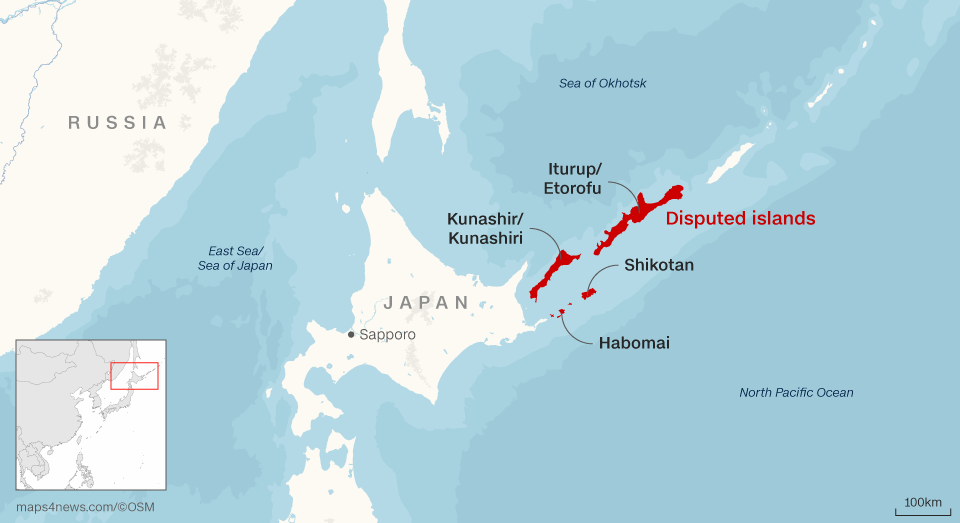
Image courtesy-CNN
The four contested islands were taken by the Soviet Union after the Kuril Islands landing operation at the close of World War II, along with other islands in the Kuril chain that are not in contention. Russia governs the disputed islands as part of the Sakhalin Oblast’s South Kuril District.
Kuril Islands: Implications & Significance
The islands are expected to hold offshore gas and oil deposits and are bordered by productive fishing areas. In the area, Russia has placed missile defence systems. Additionally, Russia intends to build submarines to stop the United States from using the islands for military purposes. The islands hold a unique place in the hearts of the Japanese people, especially the conservatives in Hokkaido.
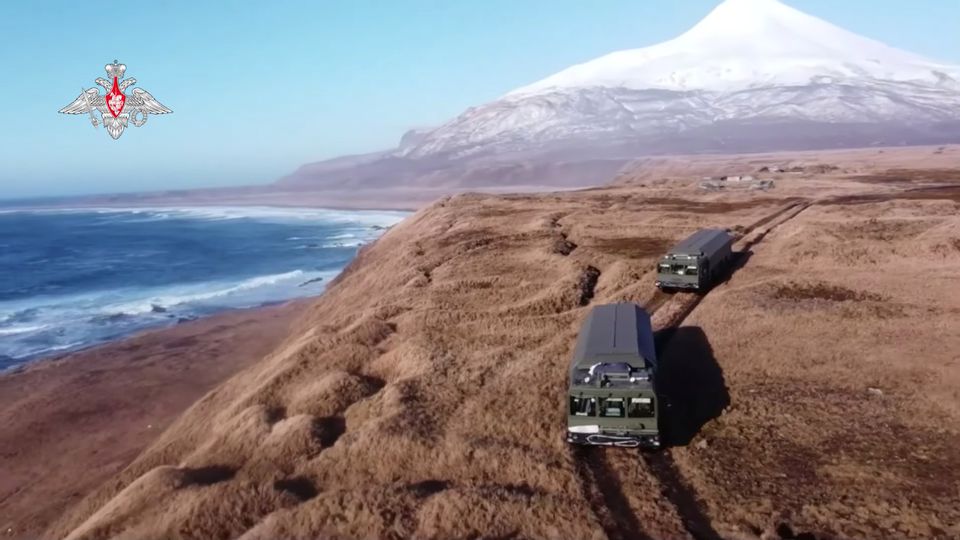
which is part of the Kuril island.
Image courtesy-Reuters
Recent Developments in the Conflict
The most recent edition of a diplomatic Bluebook claims that Japan has illegally captured four islands whose sovereignty it disputes with Russia. The use of more forceful rhetoric highlighted how tense things were between the two sides due to Russia’s invasion of Ukraine. Japan refers to these islands as Northern Territories, but Russia refers to them as the Kuril Islands. Japan called it an ‘illegal occupation’. For the first time in around 20 years, Japan used this term to characterise the Kuril Islands issue. Since 2003, Japan has started speaking more diplomatically, referring to the island issue as the biggest.
Treaties and Agreements
There is a dispute between Japan and Russia regarding the ownership of the South Kuril Islands. Japan has claimed these islands, but Russia, the Soviet Union’s successor state, now occupies them.
● 1855: Treaty of Shimoda
Japan and Russia, two countries in the Pacific, forged their first formal coalition in 1855. The treaty granted Japan sovereignty over the four southernmost islands, while Russia got control over the other islands.
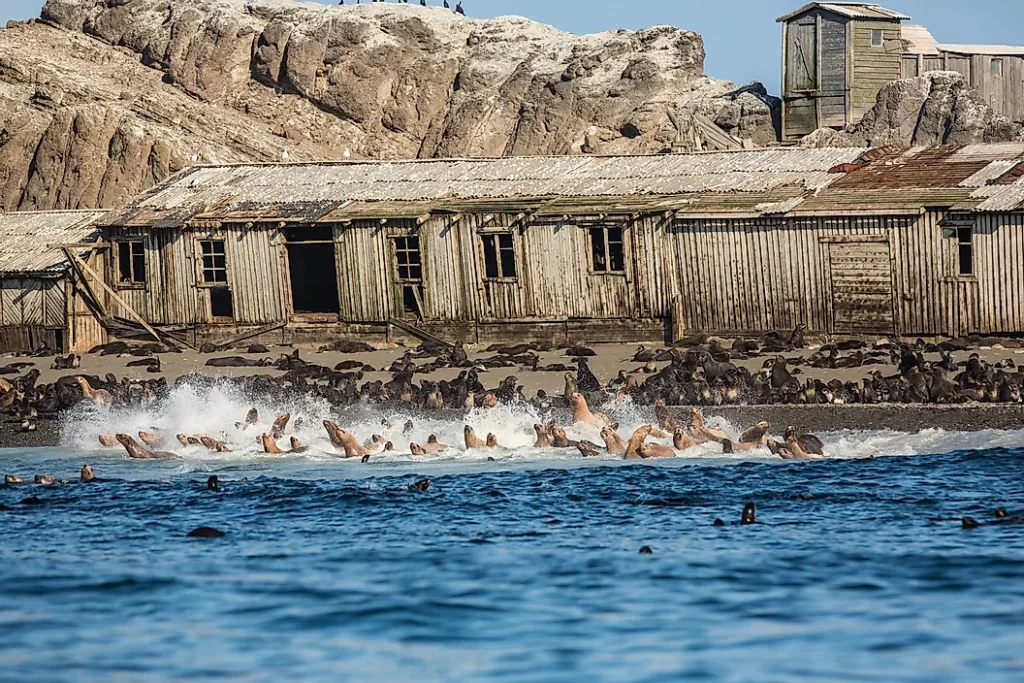
Image courtesy-World Atlas
● 1875: Treaty of Saint Petersburg
In exchange for Japan’s undisputed sovereignty of Sakhalin Island, Russia gave up ownership of the Kurils in 1875. (Sakhalin Island stretches from north to south next to the Russian mainland in the Pacific Ocean close to the northern section of Japan.) Russia suffered a military catastrophe during the Russo-Japanese War of 1904-5. The Treaty of Portsmouth(1905) gave the southern half of Sakhalin Island to Japan, which stopped this conflict. However, the Soviet Union again seized control of the Kuril Islands after World War II.
● 1945: Yalta Agreement
The Yalta agreements, and the 1951 Treaty of Peace with Japan, stipulated that the Soviet Union would get the islands in exchange for Japan’s return home and the Soviets’ replacement of the Japanese people.

July 2021
Image courtesy-Reuters
● 1951: San Francisco Peace Treaty
The Allies and Japan signed the San Francisco Peace Treaty in 1951. The treaty specified that Japan must give up “all right, title, and claim to the Kuril Islands,” but it also did not acknowledge the Soviet Union’s authority over them.
● Japan-Soviet Joint Declaration (1956)
The Japan-Soviet Joint Declaration re-established diplomatic relations between Japan and Russia in 1956. During the 1956 peace negotiations between Japan and the Soviet Union, the latter suggested returning Shikotan and Habomai to Japan to end the conflict. Japan accepted the suggestion, thus ending the state of war between them. However, the disagreement over the Kuril Islands has continued in the shape of territorial clause interpretation.
Previous Attempts to Solve the Disputes
Since 1991 there have been several attempts to settle the conflict and negotiate a peace treaty. The most recent one was while former PM Shinzo Abe investigated the cooperative economic development of the disputed islands.
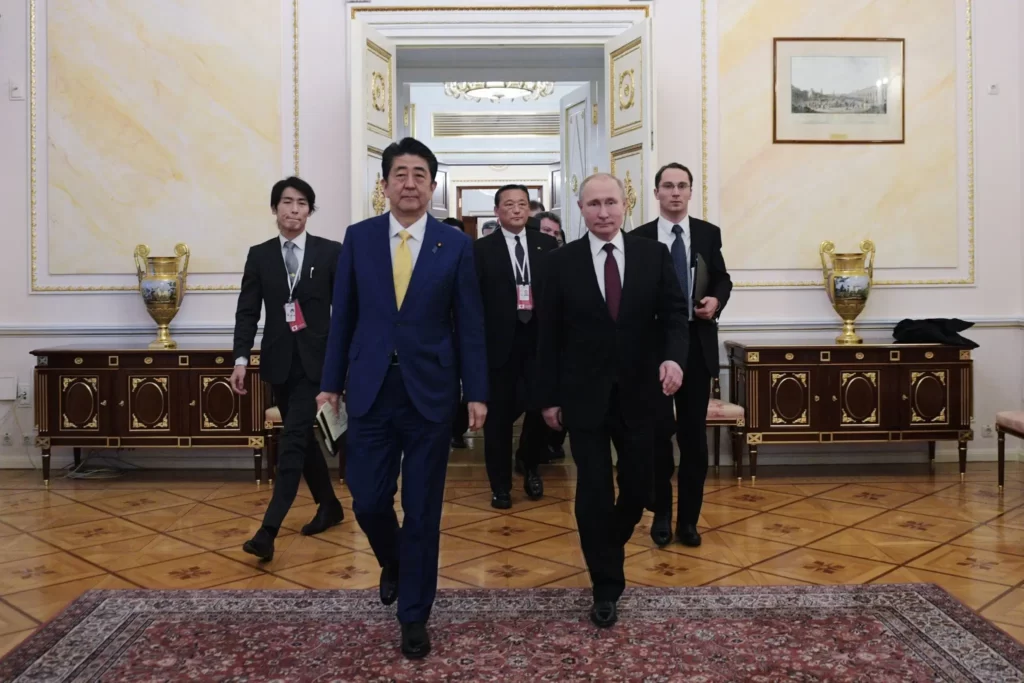
Image courtesy-The New York Times
Both nations have agreed to the bilateral talks based on the 1956 Japan-Soviet Joint Declaration. According to the 1956 proclamation, Russia was even ready to return the Shikotan Island and the Habomai Islands when a peace treaty was signed. The necessity for both Russia and Japan to diversify their energy sources and attract international investment motivated their efforts to strengthen their relations. However, nationalist passions on both sides made it impossible to resolve the dispute.
Way Ahead
Japan expressed displeasure with Russia shortly after its incursions of Ukraine. Japan’s Foreign Minister Hideki Uyama said that Russia violated international law by “occupying” the southern Kuril Islands. Japan has been one of the most persistent friends of the West in condemning Russian aggression and enforcing sanctions against it.
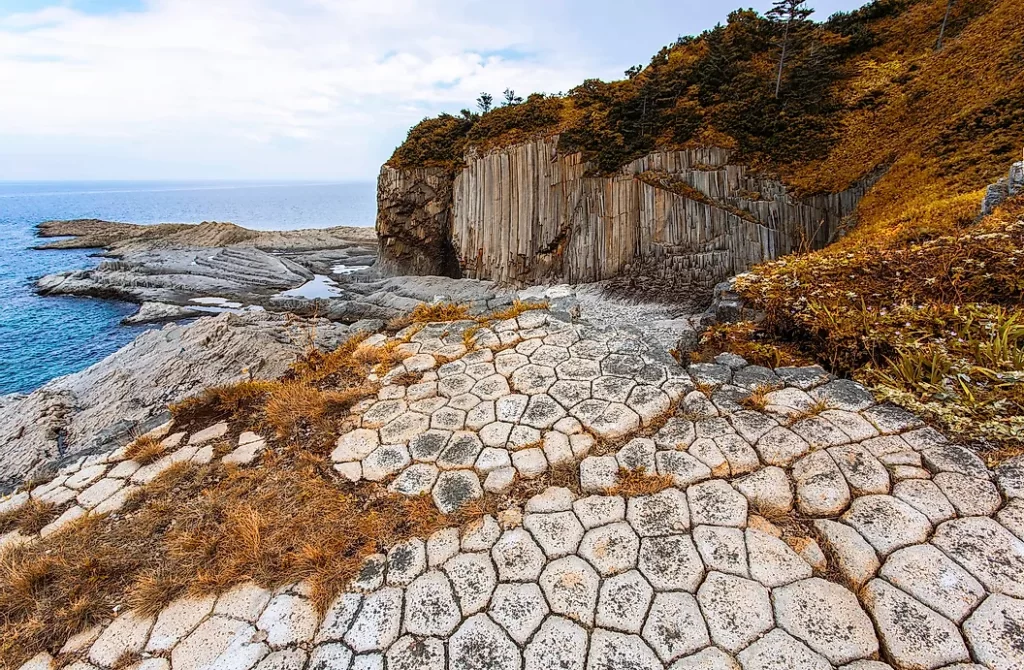
Image courtesy-World Atlas
Relationships between the two nations will worsen due to the declaration made on April 22 in its Diplomatic Bluebook. As Japan also has territorial conflicts and a tense past with China, Japan has likely been motivated by its concerns about a Russia-China partnership. Furthermore, Japan could have believed this was an excellent chance to isolate Russia further and portray it as a “habitual violator” of international law.
To conclude, Tokyo may have been motivated to adopt this stance because it believes that the invasion of Ukraine shows that regaining the Kuril Islands is an impossible task. The change in Japan’s approach toward the Kuril Islands will worsen bilateral ties with Russia and increase the likelihood that its two neighbours, China and Russia, will group against it.
You may also like:
About the Author

Being an avid reader, Akhilesh loves to explore new developments in Defence Research & Development. He is a voyager and loves writing poetry. He is currently pursuing Ph.D. in Defence and Strategic Studies and is also affiliated with the Centre for Security Studies at Jindal School of International Studies as a Centre Associate. An inquisitive and diligent soul hoping to make a change to reckon with, his main interests lie in Security Studies, Defence Technology, International Relations & World Politics.







[…] To know more about the Kuril Islands conflict, read here! […]